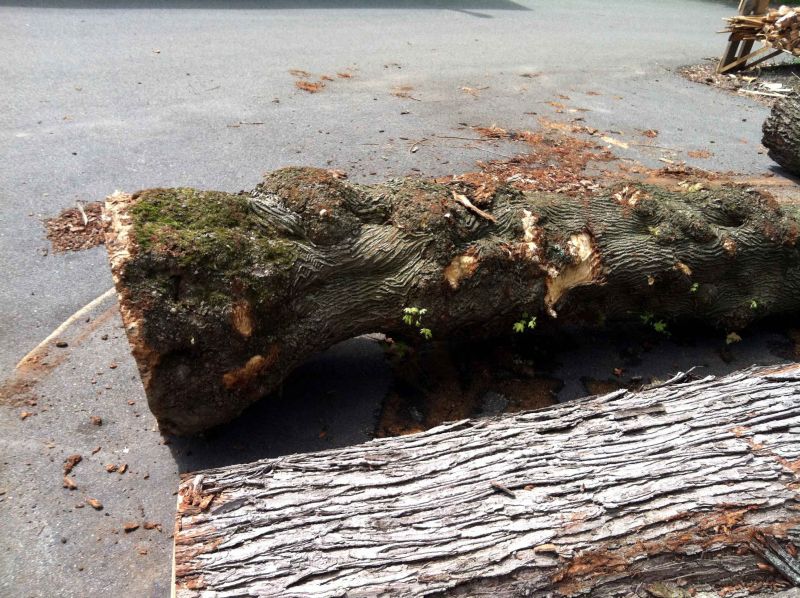Maple Stain in a Kiln Load
Some explanation about why soft maple would stain in the kiln when hard maple in the same load did not. June 13, 2014
Question (WOODWEB Member) :
We recently just finished a charge of 8/4 hard and soft maple. The hard maple turned out great - more upper yields than average. The soft maple turned out terrible - lots of stain. The kiln was loaded with a mix of vendors and some of the lumber was in the air dry yard for a month. This was off the stacker in the winter. We did have a few warm fronts come in between Dec and March. Does anyone have any thoughts?
Forum Responses
(Commercial Kiln Drying Forum)
From Gene Wengert, forum technical advisor:
My first guess is that the soft maple logs were older logs and had been stored at the mill in warm weather before sawing. (It is not uncommon for low value logs to be stored too long.) Long storage encourages staining to develop before sawing, although the staining is not seen until after drying.
From contributor O:
Could you elaborate on the old logs, and the pre-disposition for stain? I am assuming that it would be enzymatic vs fungal. What triggers it, and what tell-tale signs can be noticed in the green stage?
From Gene Wengert, forum technical advisor:
Both fungal and enzymatic can occur. For enzymatic (also called oxidation or chemical stain, as well as gray stain, brown stain, sticker stain, pinking), appreciate that when a tree is cut, all the cells do not die; the ray cells (that run radially) which store starches and sugars, are still active and they slowly oxidize these chemicals, even in the log. The final discoloration reaction occurs at lower MCs, so it is hard to detect this initial activity. However, if you see fungal end stain, it is a good bet that the enzymatic has had the opportunity to be active as well.
